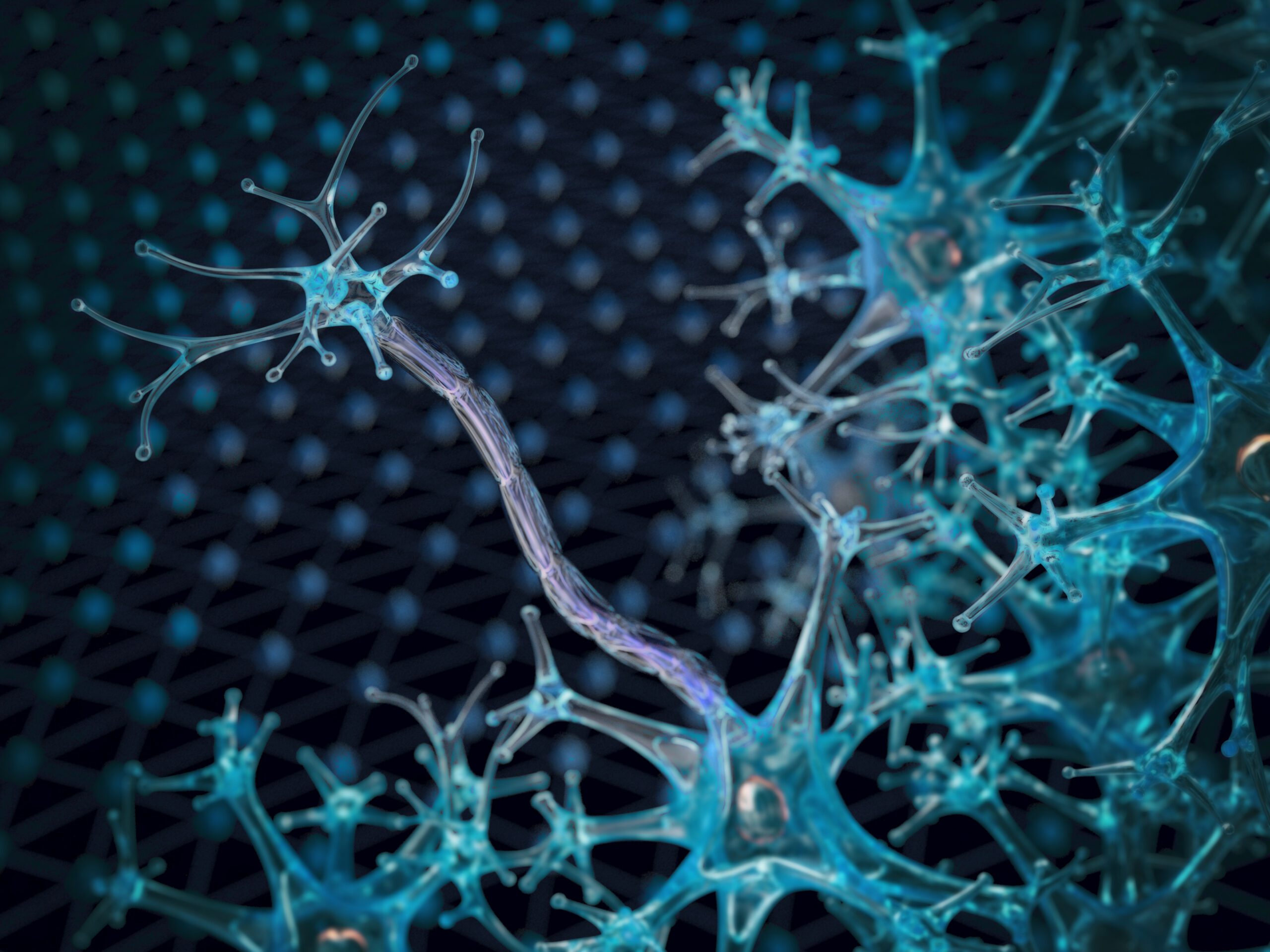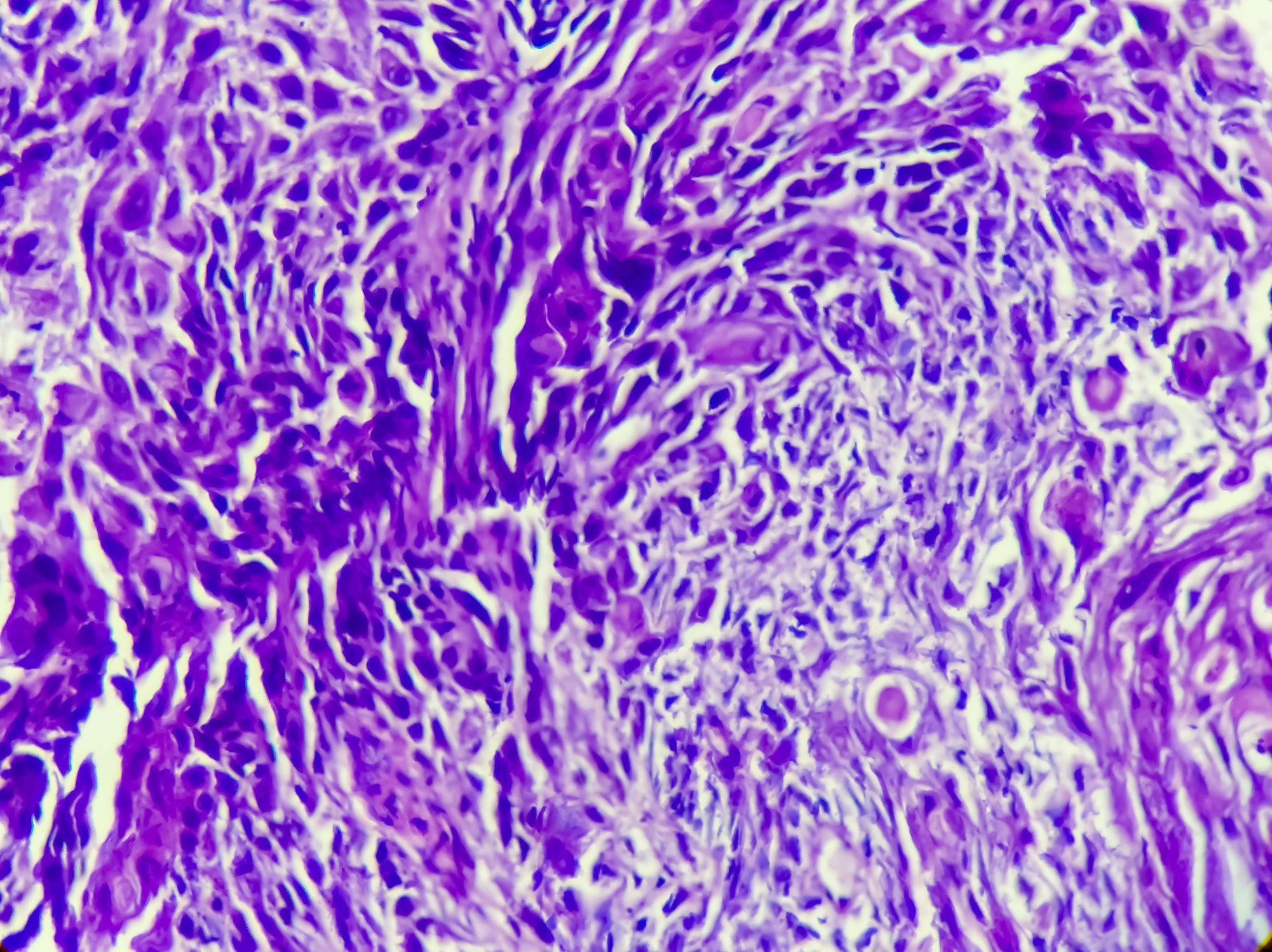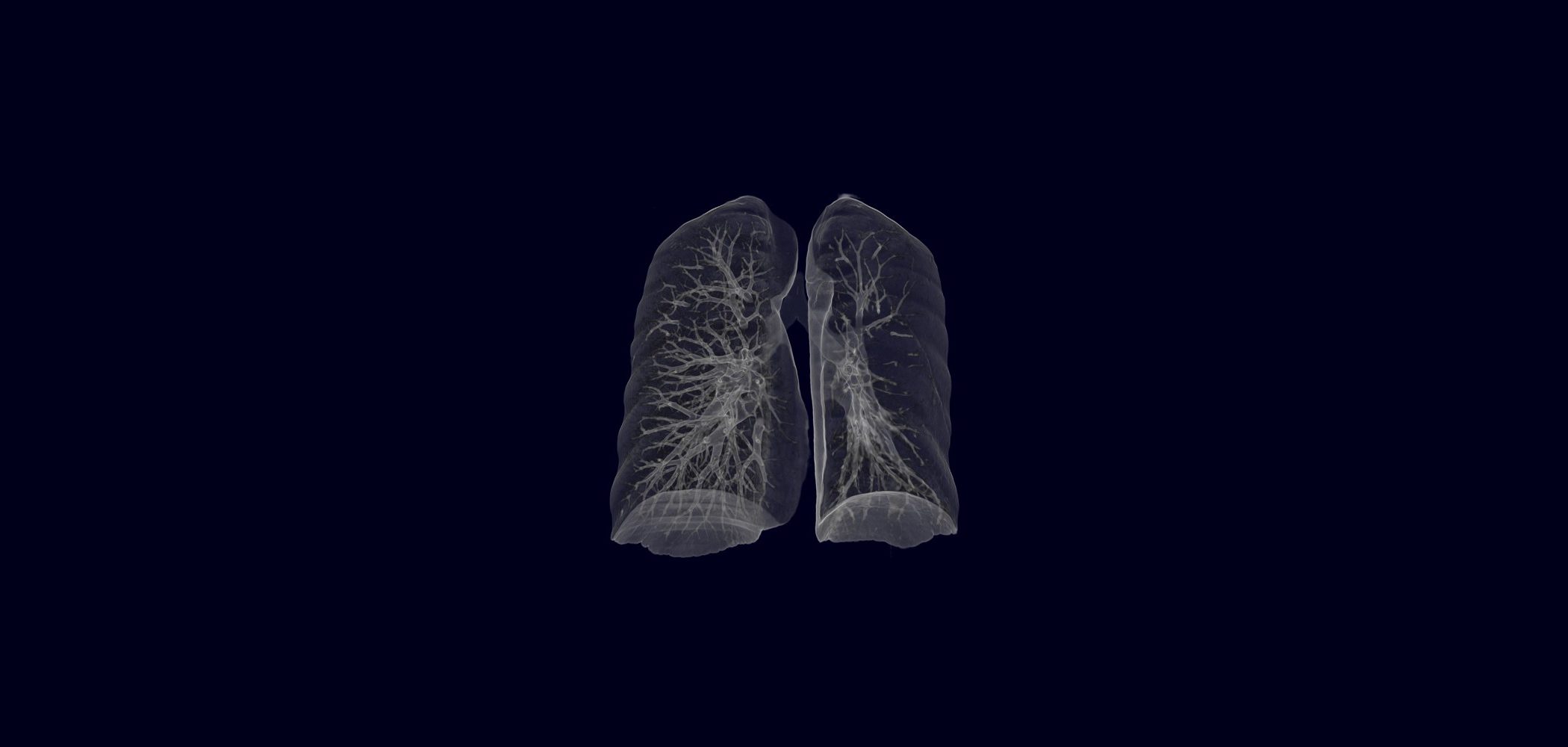When a patient presents for the first time with atrial fibrillation (AF) to the primary care physician’s office, an active search for possible secondary trigger factors, such as hyperthyroidism, should be performed in addition to ECG documentation and clinical examination. Next, there is the question of thromboembolism risk – the most feared complication of VCF. This risk is assessed according to the well-known CHADS2 score and, according to the latest guidelines, according to the CHA2DS2-VASc score [1]. In addition, in the acute situation, rate control should be started in tachycardic VHF. Beta-blockers and calcium antagonists, possibly in combination with digoxin, have proven effective here. Thereafter, a cardiac site assessment including echocardiography is recommended to look for and characterize structural heart disease. This is essential so that the correct choice of medication can be made in the event of subsequent drug-induced rhythm control.
If rate control is unsuccessful, i.e., if the patient remains symptomatic or continues to be tachycardic, drug rhythm control with a specific class Ic (flecainide, propafenone) or class III (amiodarone, sotalol, dronedarone) antiarrhythmic drug should be performed in close collaboration with a cardiologist and, if necessary, with a rhythmologist, depending on the heart disease, concomitant diseases, and taking into account possible interactions and contraindications.
If drug rhythm control in symptomatic patients does not result in symptom freedom, or in intolerable side effects, interventional therapy of VCF by catheter ablation should be considered. According to the most recent European guidelines, primary catheter ablation without prior medical rhythm control (first line ablation) can also be considered if the symptomatic patient has a strong desire for non-drug therapy (patient`s choice) [1]. This change in guidelines originated from reports that catheter therapy early in the disease resulted in more favorable outcomes, including fewer reinterventions [2]. It seems to favor the success of catheter ablation when there is still no or limited structural change in the atria and ablation limited to pulmonary vein isolation is sufficient.
In this regard, special mention should be made of the interesting article by David Altmann, MD, and Prof. Peter Ammann, MD, in this issue of CARDIOVASC. The authors describe in detail the importance of triggers and substrate changes, especially atrial fibrosis, which has great significance for the ablation strategy (i.e., the extent of ablation required with additional ablation lines). Unfortunately, the type of VCF-paroxysmal vs persistent-and other surrogate parameters, such as atrial size, are sometimes of modest importance in choosing the correct ablation strategy. Often, the extent of structural and functional alteration of the atria only becomes apparent during invasive examination. It would therefore be highly desirable to be able to describe the changes in the atria – i.e., the extent of left atrial fibrosis – already before interventional atrial fibrillation therapy, in order to be able to plan a tailored ablation, as has already been described in the literature [3]. Hopefully, pre-interventional substrate description-preferably by cardiac magnetic resonance imaging-will allow patient-specific ablation in the future with even better results, for the benefit of our VHF patients.
If structural changes of the atria are already present and patients suffer from long-lasting, persistent atrial fibrillation, surgery offers a promising method. In this regard, the two important clinical contributions by PD Alberto Weber, MD, are very interesting and informative.
I wish you an exciting read.
PD Hildegard Tanner, MD












